In this blog article, we aim to assist wildlife enthusiasts and photographers by providing guidance on the optimal time and weather conditions for tiger safaris in India’s premier national parks such as Ranthambore, Corbett, Kanha, and Bandhavgarh. If you’re seeking the ideal destination for a tiger safari in India, our blog post highlights the top parks you should consider.
1. Ranthambore National Park, Rajasthan, India
Ranthambore National Park and Tiger Reserve, situated in the ancient district of Sawai Madhopur, Rajasthan, stands as a premier destination for witnessing the majestic Royal Bengal Tiger in its natural habitat. Nestled amidst the picturesque foothills of the Aravali and Vindhya mountains, this park offers an immersive wildlife experience, boasting an array of unique fauna.
Encompassing a total area of 392 square kilometers, with 282 square kilometers designated as the core zone and the rest as buffer area, Ranthambore National Park is renowned for its rich biodiversity. Initially spanning 334 square kilometers upon its establishment as a tiger reserve in 1973, it was later expanded in 1991 to include adjacent sanctuaries, Sawai Man Singh Sanctuary and Keladevi Sanctuary, now totaling 1334 square kilometers. In 1980, the reserve forest was declared a National Park, further enhancing its conservation status, while in 1984, the nearby sanctuaries were integrated into its protective umbrella.
Apart from its thriving wildlife, Ranthambore also boasts significant historical sites, adding to the allure of its exotic landscape.
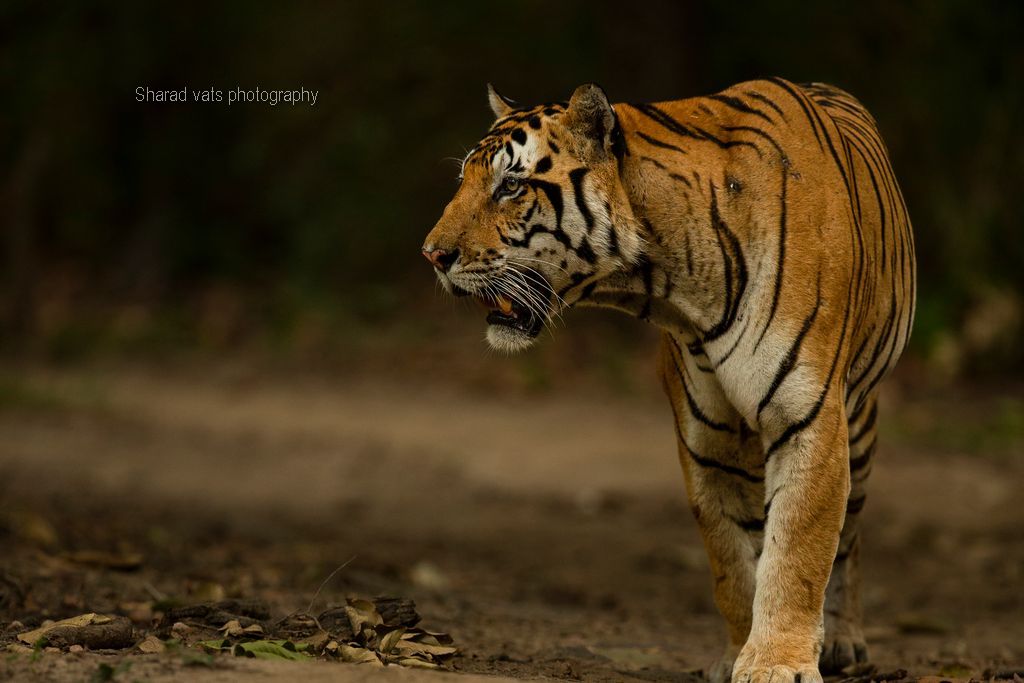
Climate & temperature at Ranthambore
In Ranthambore, the climate cycles through three distinct seasons: summer, monsoon, and winter. Summer spans from late March to late June, characterized by scorching daytime temperatures of around 40 degrees Celsius, with nights remaining relatively warm at about 30 degrees Celsius. May and June see even hotter temperatures, reaching up to 45 degrees Celsius, prompting large predators like tigers to seek refuge in valleys, dense forests, or near water bodies. Following summer, the monsoon arrives in July and lasts through September, prompting the closure of the park to tourists. Finally, winter sets in from November to February, featuring daytime temperatures around 20 degrees Celsius and dropping to as low as 2 degrees Celsius during late December to mid-January, making it significantly cooler, especially at night.
Best time to visit Ranthambore
The optimal period for embarking on a tiger safari in Ranthambore typically starts in early November and extends until mid-December, with another favorable window from mid-January to mid-April. During these months, travelers can relish delightful weather conditions and hassle-free journeys. Moreover, the forest showcases abundant verdant foliage, while the lakes are abundant with aquatic plants, offering a picturesque landscape.
2. Corbett National Park, Uttarakhand, India
Located within Uttarakhand’s Nainital district, Corbett National Park is a significant portion of the Corbett Tiger Reserve and falls under the Project Tiger Reserve initiative. Originally established in 1936 as Hailey National Park, it holds the distinction of being India’s oldest and most renowned national park, notably serving as the inaugural site for Project Tiger in 1973.
Covering an area of 520 square kilometers, Corbett National Park encompasses diverse landscapes such as hills, grasslands, riverine belts, marshy areas, and a substantial lake. Notably, it is one of the few tiger reserves in India that allows overnight stays within its premises, offering visitors the opportunity to explore the wilderness via elephant rides or open-top Jeep safaris.
Recognized for its thriving tiger population and unique fauna like otters and the indigenous fish-eating crocodile, Corbett National Park draws wildlife enthusiasts from across the globe. The park is divided into five distinct zones, each offering designated safari experiences: Bijrani, Jhirna, Dhela, Dhikala, Durga Devi, and Sitabani. Among these, the Dhikala Tiger Safari Zone stands out as a favored attraction among visitors.
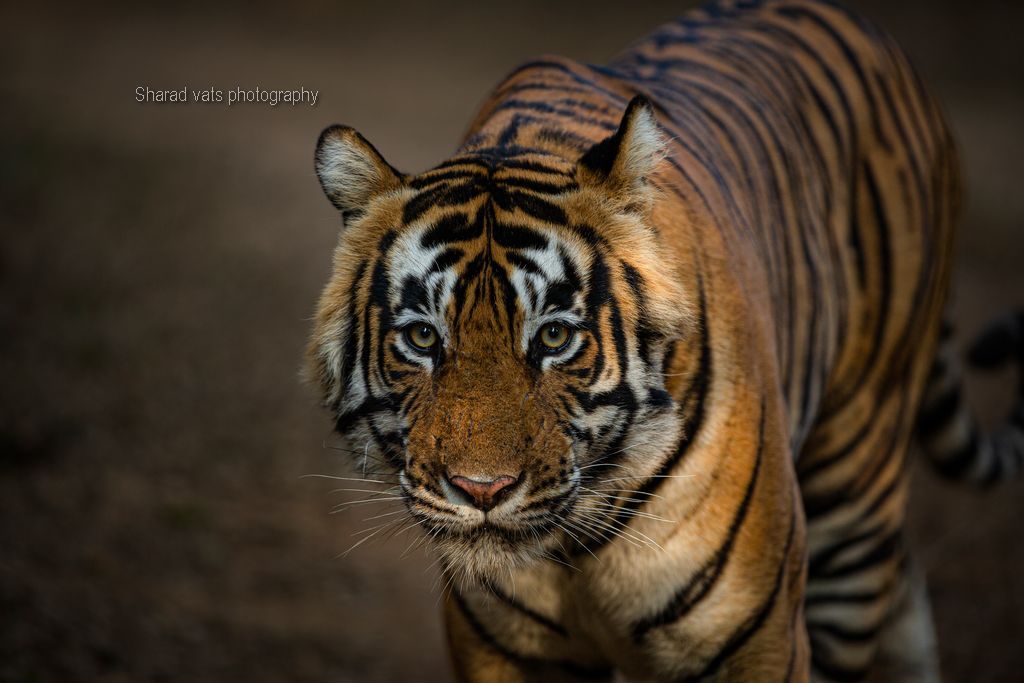
Climate & temperature at Corbett
Jim Corbett National Park experiences three distinct seasons: summer, winter, and monsoon, similar to the rest of the country.
During the winter months of November to February, visitors can encounter wildlife in their natural habitat, although mornings and evenings may see temperatures drop to around 5 degrees Celsius, especially in higher elevations where leopards are often spotted. All five entrance gates to the park are currently open.
In the summer months, from April to mid-June, despite temperatures reaching as high as 42 degrees Celsius, some wildlife can still be observed, although the heat can become uncomfortable for animals.
Only the Jhirna zone remains open during the monsoon season, from mid-June to mid-September. While this period offers fewer crowds and lush scenery, it is advisable to avoid due to heavy rains, which may lead to landslides and soil erosion in the area.
Best time to visit Corbett
The optimal period to visit Corbett falls between November and March due to the delightful weather conditions. Presently is the prime time for spotting tigers and birdwatching. The park operates annually from November 15th to June 15th, shutting down during the rainy season starting around mid-June. Decide between an elephant ride or a jungle safari for an opportunity to observe wildlife in Jim Corbett.
3. Bandhavgarh National Park, Madhya Pradesh, India
Bandhavgarh National Park, situated in the Vindhya highlands of Madhya Pradesh’s Umaria district, boasts the largest concentration of Bengal tigers globally and is celebrated as a prime tiger habitat in India. Covering 1536 square kilometers, it comprises core and buffer zones, attracting avid big cat enthusiasts, photographers, and wildlife filmmakers alike. Apart from tigers and leopards, the park is also home to a diverse array of wildlife including wild elephants, sloth bears, various deer species, Indian gaur, jackals, and numerous primate species.
Birdwatchers can delight in observing over 250 bird species, while butterfly enthusiasts can spot around 80 species fluttering about. Bandhavgarh’s recognition as a national park dates back to 1968, and it has since become a favored destination for tiger safaris, offering visitors the thrill of tracking and photographing these majestic creatures in their natural habitat. With six safari zones, including Tala, Magdhi, and Khitauli as core zones, and Dhamokhar, Johila, and Panpatha as buffer zones, Bandhavgarh offers ample opportunities for wildlife encounters and exploration.
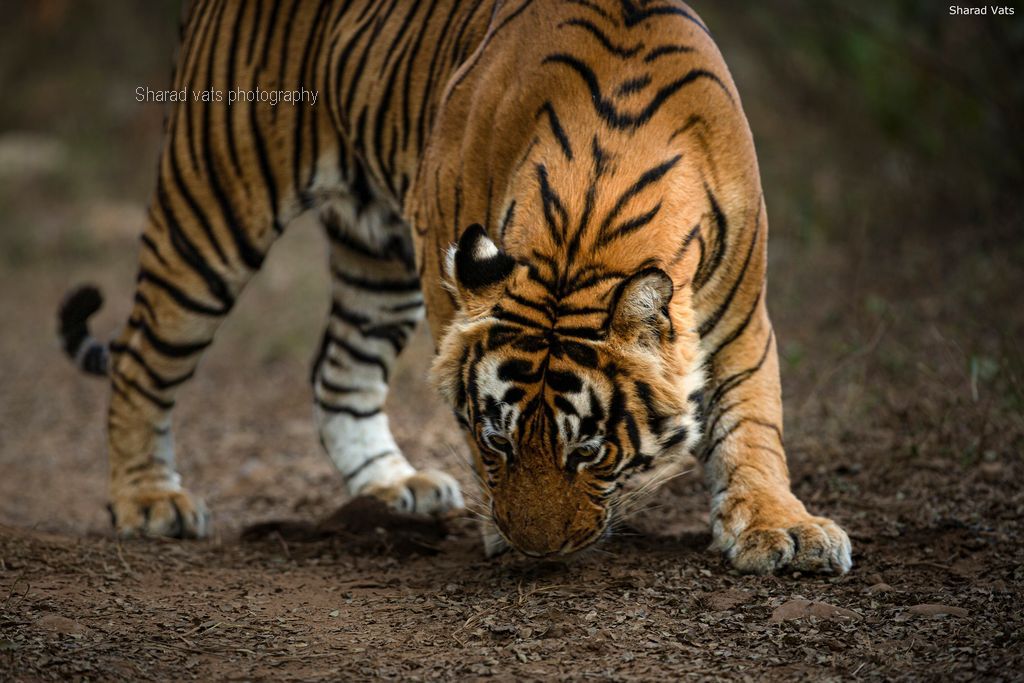
Climate & temperature at Bandhavgarh
Bandhavgarh National Park experiences distinct winter and summer seasons, along with the North Indian Monsoon. Summer, lasting from late March to late June, sees temperatures soaring up to 44°C in May or June, while the monsoon can commence as early as mid-June with little warning. Winter spans from mid-November to late February, bringing bitter cold, with temperatures dropping to as low as 2°C, forming frost in marshy areas. Visitors are advised to dress in layers to combat the cold, especially considering the wind chill factor in the park’s open vehicles.
Best time to visit Bandhavgarh
The optimal timing for a tiger safari at Bandhavgarh National Park varies depending on visitors’ objectives. The prime season for observing a variety of bird species is typically from October to January, when many birds migrate and thrive in the park’s lush woodland surroundings. For enthusiasts seeking exceptional tiger and wildlife photography opportunities, early summer months such as April, May, and June are recommended. During this period, the heat compels wildlife to congregate around water sources, presenting rare chances for captivating tiger photographs. It’s advisable to avoid visiting during the peak of summer due to the intense heat.
4. Kanha National Park, Madhya Pradesh, India
The Maikal range of the Satpura Mountains in Madhya Pradesh is home to Kanha National Park, now recognized as a Tiger Reserve and acclaimed as one of the world’s finest wildlife sanctuaries. Originally established as a reserve forest in 1879, it was later designated as a wildlife sanctuary in 1933 and then upgraded to a national park in 1955, spanning across Mandla and Balaghat districts. Covering 940 square kilometers within the Maikal hills, the park’s total area, including the core and buffer zones, is 1945 square kilometers.
Kanha National Park offers a diverse habitat for numerous wildlife species, prominently including tigers and the Barasingha deer, alongside a rich array of flora, birds, reptiles, and insects. Its well-maintained infrastructure attracts tourists from around the globe, with the Bammi Dadar, or Sunset Point, serving as a popular spot for visitors to enjoy the scenic beauty of the area.
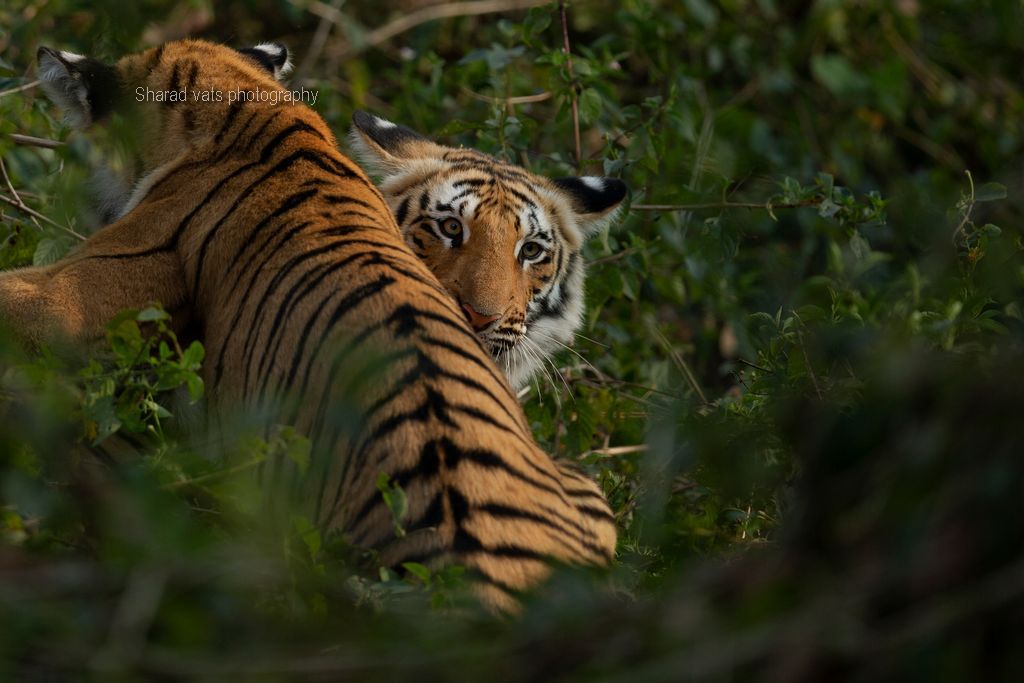
Climate & temperature at Kanha
From October to June, Kanha National Park offers prime conditions for tiger safaris, with moderate temperatures. However, from April to June, temperatures soar to around 43°C, making it uncomfortably hot. Monsoon season, spanning from mid-June to September, brings heavy rainfall averaging 1,800 mm.
Winter sets in from November to February, bringing chilly weather and occasional frost on the meadows. This comprehensive description of Kanha National Park’s climate aims to aid in efficient vacation planning.
Best time to visit Kanha
Kanha National Park, located in Madhya Pradesh, harbors a diverse range of wildlife. Visitation to the park is restricted to a specific timeframe annually, spanning from October 16th to June 30th. The optimal period for exploring Kanha is during these months, particularly from March to June. This timeframe is favored by wildlife enthusiasts and photographers due to the ease of spotting various bird species and other wildlife.
5. Pench National Park & Tiger Reserve, Madhya Pradesh
Pench National Park, situated in the heart of India in Madhya Pradesh, spans a total area of 758 square kilometers. It lies primarily within the districts of Seoni and Chhindwara, with a portion extending into Maharashtra, totaling 257 square kilometers. The park is easily accessible from Madhya Pradesh and is renowned for its diverse flora and fauna. Divided by the Pench River running north to south, the park consists of two main sections: Priyadarshini National Park and Mowgli Pench Sanctuary covering 299 square kilometers, along with a buffer zone spanning 464 square kilometers.
Pench was declared a sanctuary in 1965 and upgraded to a national park in 1975. Recognized for its significant tiger population, it gained tiger reserve status in 1992 and is actively involved in Project Tiger. Additionally, its beauty is immortalized in Rudyard Kipling’s renowned work “The Jungle Book”.
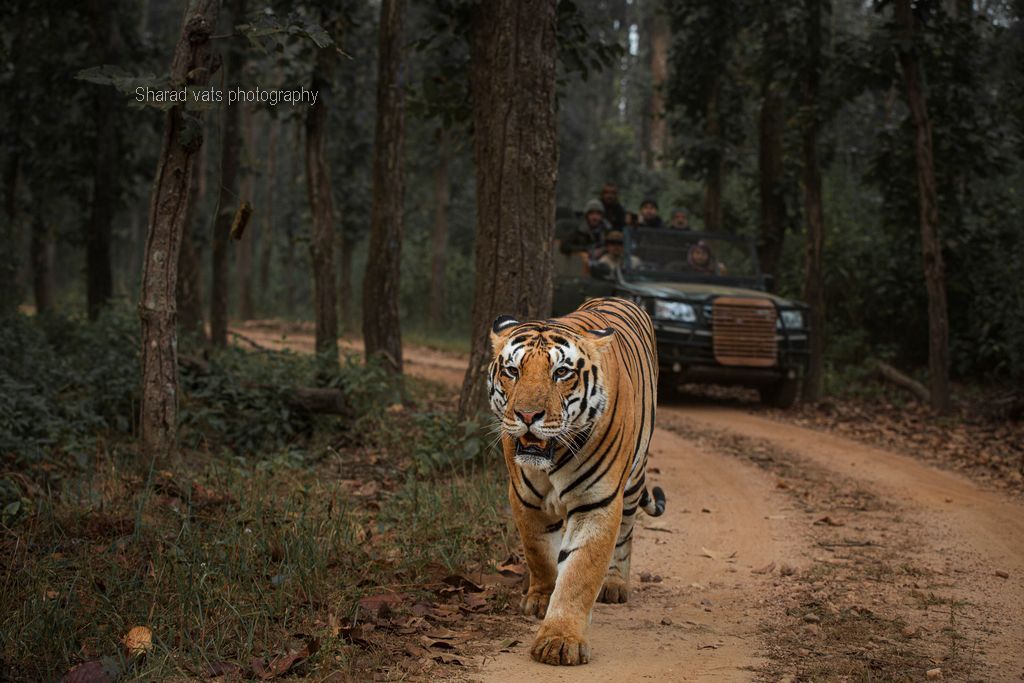
Cilmate & temperature at Pench
Summer in Pench National Park is characterized by intense heat, with temperatures ranging from 25°C to 50°C from April to June. Despite the challenging conditions, this period offers the best opportunity to spot tigers. From early July, the region experiences significant rainfall during the monsoon season, lasting for about two months and bringing an average of 1300 millimeters of precipitation in July and August. Consequently, the park remains closed during this time, but the rainfall rejuvenates the vegetation. Winter sets in from November to February, offering cooler temperatures ranging from 6°C to 31°C, creating an ideal environment for observing wildlife in Pench National Park.
Best time to visit Pench
The optimal period to venture into Pench is from October to February, characterized by temperate weather and abundant vegetation in the jungle. Prime birdwatching opportunities arise in November and March as avian species migrate to central India from colder areas for the winter season. Additionally, this time presents the chance to spot fawns.
6. Panna National Park, Madhya Pradesh
Panna National Park, the 22nd tiger reserve in India and the fifth in Madhya Pradesh, spans Panna and Chattarpur districts. Situated approximately 57 kilometers from the UNESCO World Heritage Site Khajuraho, this reserve covers 542.67 square kilometers along the Ken River in Madhya Pradesh. Recognized by the Ministry of Tourism of India, Panna Tiger Reserve earned the prestigious 2007 Award of Excellence for being the most effectively managed and maintained national park in the country. Mr. R. Shreenivasa Murthy, a forest officer, and his team contributed significantly to the park’s development and management, resulting in its distinguished reputation.
The Ken River passes through this sanctuary on its way to the valley, creating magnificent waterfalls. Within the park are several locations of historical importance featuring ancient rock paintings from the Neolithic era. Panna encompasses deciduous woodlands, providing an ideal home for a variety of wildlife including Indian tigers, Indian wolves, four-horned antelope, sloth bears, pangolins, rusty spotted cats, leopards, caracal, and gharial.
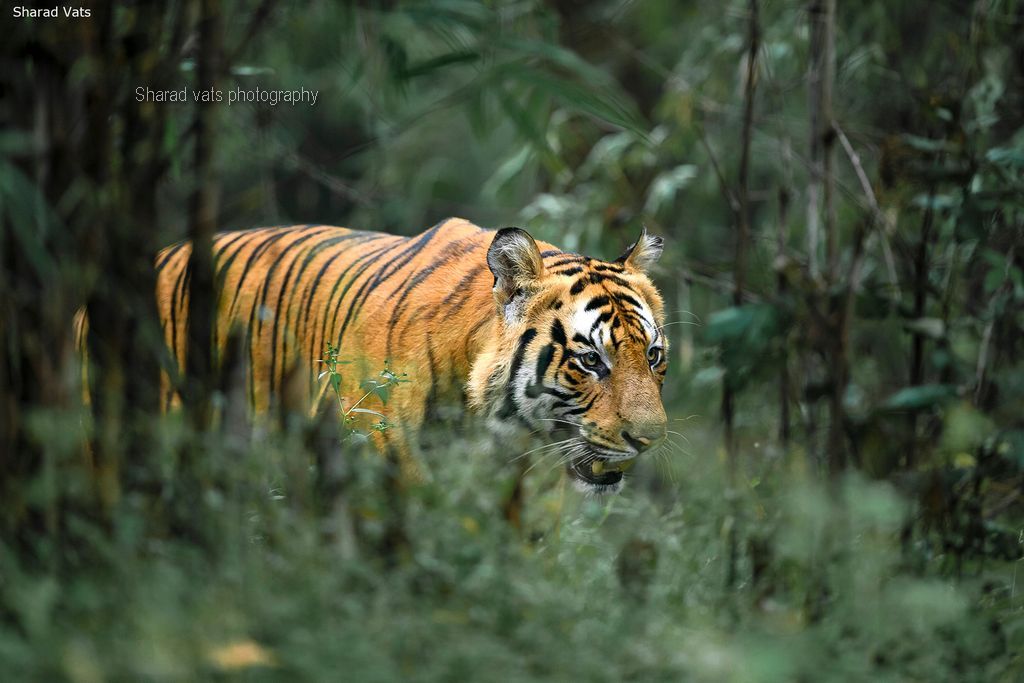
Climate & temperature at Panna
Panna National Park experiences distinct weather conditions across its three seasons. Summer, marked by scorching temperatures, is deemed unfavorable for park visits. Monsoon, bringing heavy rainfall and coinciding with the breeding season of wildlife, results in the closure of the park. Winter, starting in October, offers the most pleasant weather, characterized by mildness and tranquility, making it the ideal time to explore the park and observe its wildlife.
Best time to visit Panna
The prime time to visit Panna is from November to May, as summers experience scorching temperatures around 45 degrees Celsius, making it unsuitable for travel. Winters offer a more comfortable climate. March stands out as the ideal month to explore Panna, particularly for observing wildlife in Panna National Park.

